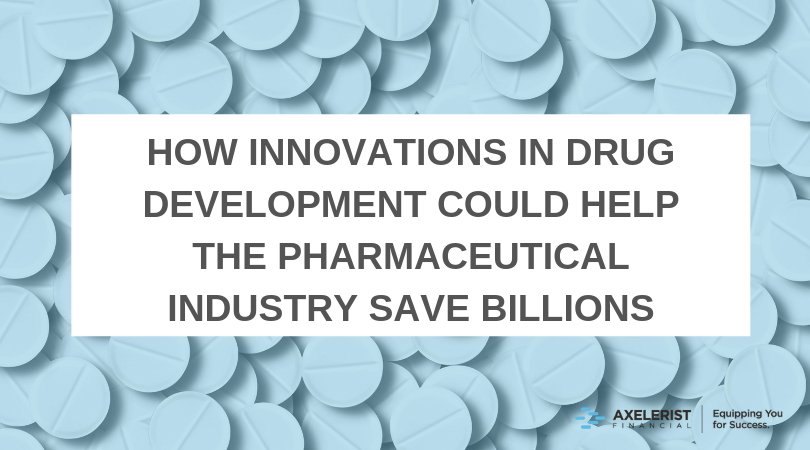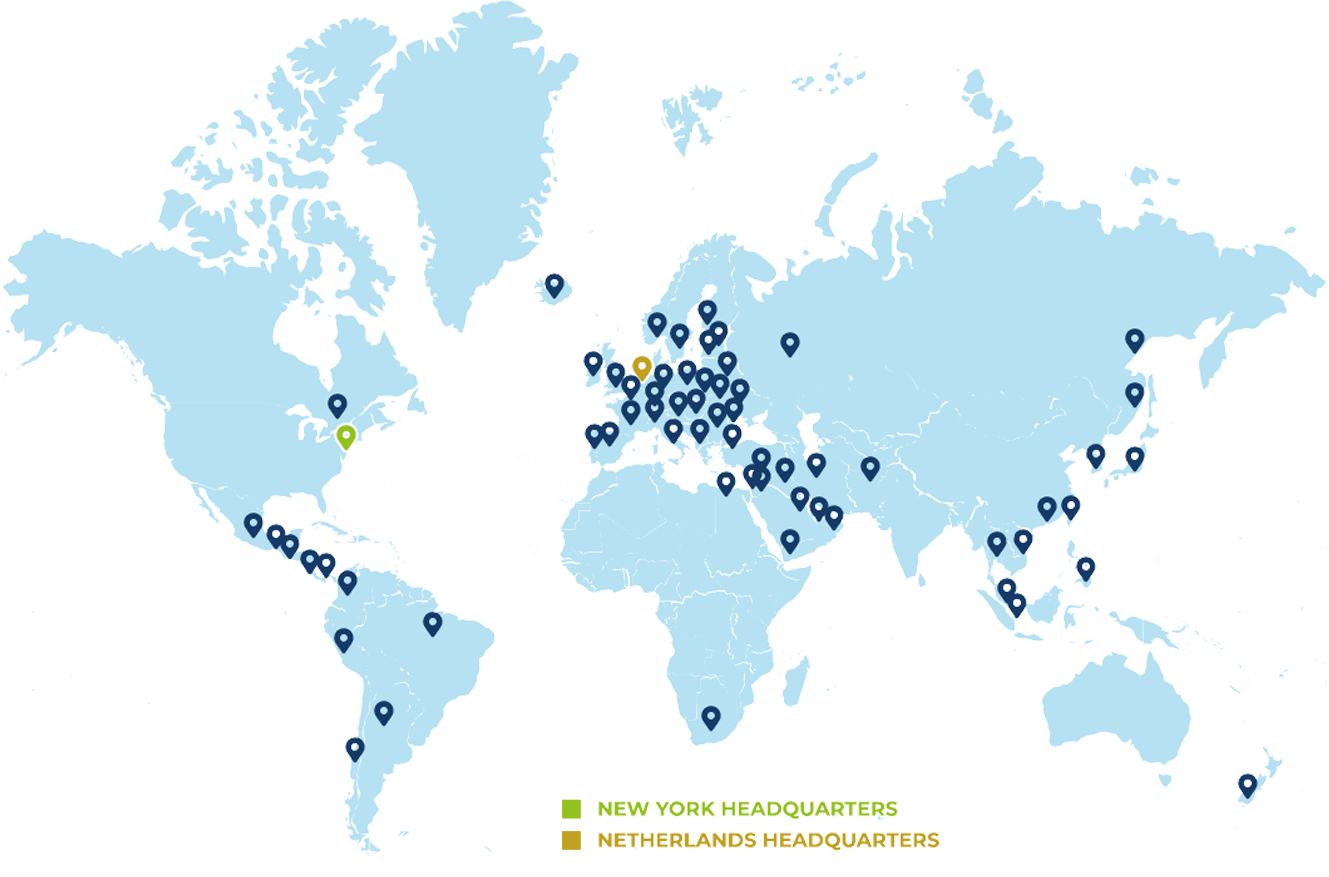Innovations in drug development
Posted on Mar 16, 2022 by Scott Crandall.

HOW INNOVATIONS IN DRUG DEVELOPMENT COULD HELP THE PHARMACEUTICAL INDUSTRY SAVE BILLIONS
The wave of innovation that’s benefited countless industries may finally reach drug development. A new report from the Economist Intelligence Unit (EIU) has identified four advancements in the design of clinical trials capable of tackling two of the industry’s longstanding challenges: patient recruitment and study completion.
The report comes at a time when spending has reached an all-time high. According to a 2016 study by Tuft’s University, the cost to bring a drug to market totals $2.9 billion and has been increasing at a rate of 8.5 percent annually. While these figures have been subject to debate, a 2016 report by the U.S. Department of Health and Human Services acknowledges the cost is at least $1.2 billion. Yet, only 14 percent of drugs achieve FDA approval, according to recent estimates from MIT.
How will pharmaceutical companies rein in expenses? The EIU analyzed emerging innovations using data from PubMed and Trialtrove. Here’s what they found.
Adaptive Trials
Adaptive trials allow for ongoing modifications by anticipating variants, such as drug dosage and cohort requirements. This innovation, which emerged in the 1990s, might be considered the most established of the group. Each year, a steady number of adaptive trials are added to PubMed after a 40 percent increase between 2010 and 2013. Furthermore, adaptive studies have been cited in recent drug approvals.
According to the EIU report, adaptive trials outperformed conventional trials in almost all therapies with an average 13 percent increase in Phase II/III and a four-month decrease in recruitment time. Oncology trials saw the greatest benefit, a 36 percent increase in Phase II/III. The exception was rare disease studies, where adaptive trials were 18 percent less effective at reaching Phase II/III (this figure is based on eight trials).
Patient-Centric Trials
Patient-centric trials attempt to streamline recruitment and land higher quality cohorts by appealing to patients through technologies, such as online networks and remote data collection. Organizations promoting patient-centric trials have emerged across the U.S., E.U., China, and Japan.
These studies cut recruitment times by an average of three months and were 19 percent more likely to launch, according to the EIU report. Rare disease trials, in particular, completed enrollment in 80 percent less time.
Precision Medicine Trials
Precision medicine trials target ideal patients based on their genetic markers. These studies generally increased their recruitment times by four months, but the select therapy verticals performed much better, with a five-month reduction for oncology and a 10-month reduction for rare disease.
Real-World Data Trials
Real-world data trials analyze the impact of therapies outside a clinical setting using big data sources, including electronic health records, disease registries, and health and medical devices. These trials have made headway across certain nations, particularly in China where disease registries and other health databases have rapidly expanded. While the use of big data in drug development holds enormous potential, these trials have been largely used in post-approval studies.
The EIU found the number of real-world data trials cited in PubMed has increased by 300 percent since 2008. On average, these methodologies significantly increased (+21 percent) Phase II/III likelihood. However, recruitment time was minimally impacted and actually increased for oncology therapies.
While the EIU report offers hope to pharmaceutical industries, the data is still relatively new and, therefore, limited. Nonetheless, these are emerging innovations to watch in years to come.
For more on lab equipment, clinical trials, and leasing equipment news and trends visit the Axelerist Financial blog.


